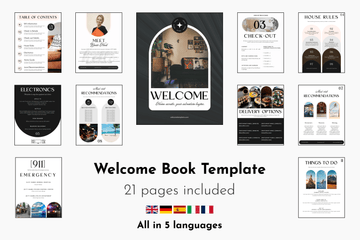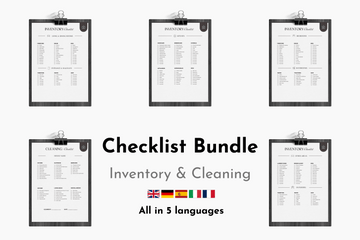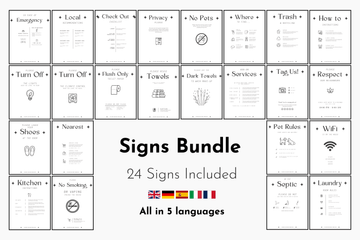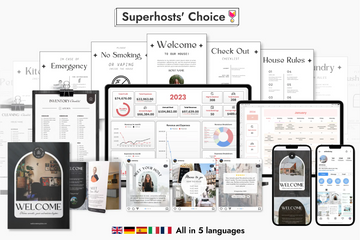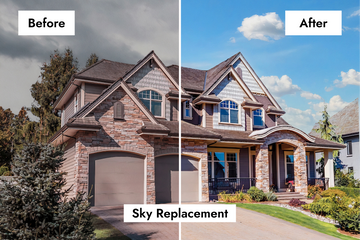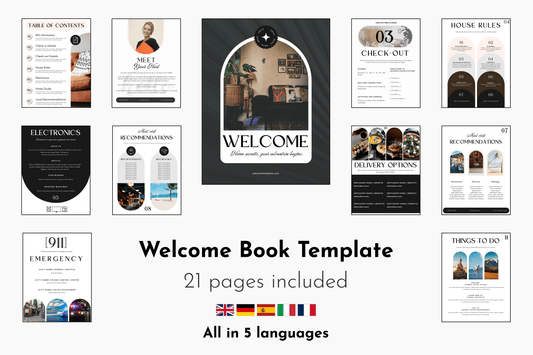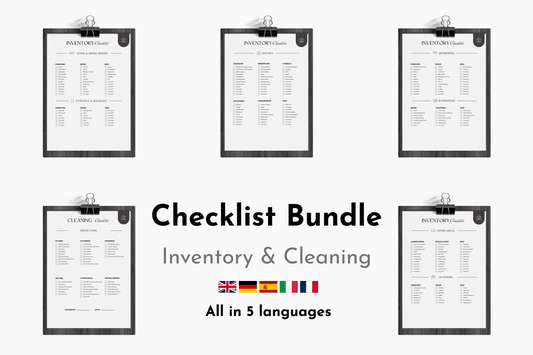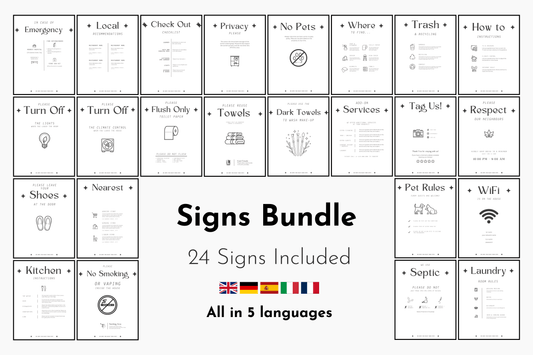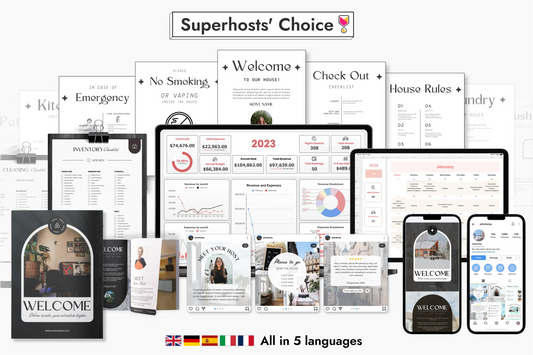As Airbnb hosts seek to attract guests from around the world, one key strategy that stands out is offering a multilingual listing. By creating a listing in multiple languages, you can significantly expand your reach, increase bookings, and provide a more welcoming experience for international travelers.
In this article, we’ll explore the benefits of creating a multilingual Airbnb listing, tips for getting started, and how to optimize your listing to attract a diverse global audience.
Why Create a Multilingual Airbnb Listing?
1. Broaden Your Audience
When you provide your Airbnb listing in different languages, you make it accessible to non-English speaking travelers. This opens the door to guests from a variety of countries who may have otherwise skipped your listing due to language barriers. Whether you're targeting tourists from Europe, Asia, or Latin America, offering your listing in their native language can greatly increase your booking potential.
2. Improve Guest Experience
Travelers are more likely to book a property when they feel comfortable and understood. By providing key details about your property in a language they speak, you help guests feel more confident about their stay. This can lead to smoother communication, fewer misunderstandings, and a more pleasant overall experience for your guests.
3. Increase Trust and Credibility
A multilingual listing shows that you’re an attentive host who values the needs of international travelers. Guests are likely to appreciate the extra effort you put into accommodating their language preferences. This sense of trust and professionalism can boost your listing’s credibility, increasing the likelihood of bookings and positive reviews.
4. Gain a Competitive Advantage
Many hosts only provide listings in one language, often limiting themselves to English. By offering your listing in multiple languages, you set yourself apart from competitors, especially in regions where many guests may not speak English fluently. This unique selling point can make your property stand out in a crowded market.
How to Create a Multilingual Airbnb Listing
1. Identify Your Target Languages
The first step is to decide which languages to include in your listing. Consider the demographics of travelers who frequently visit your area. If you live in a popular tourist destination, research the top nationalities that visit and the languages they speak. For example, if your region attracts many tourists from France, Spain, or Germany, offering translations in French, Spanish, and German can help you tap into those markets.
You can also review past bookings to identify trends. If you’ve hosted guests from specific countries before, those languages might be valuable to include in your listing.
2. Use Airbnb’s Multilingual Feature
Airbnb makes it easy to create a multilingual listing. The platform allows hosts to add multiple translations directly from the listing dashboard. Follow these steps to add languages:
- Go to your listing on Airbnb.
- Click on “Manage your listing” and select the "Languages" section.
- Choose the languages you want to add from the available options.
- Translate your listing’s title, description, house rules, and other key information into the selected languages.
By utilizing this built-in feature, Airbnb will automatically display the appropriate language version to guests based on their browser or app settings.
3. Ensure Accurate Translations
While it may be tempting to rely on automatic translation tools like Google Translate, these often produce clunky or inaccurate translations. Poor translations can confuse or frustrate guests, which can lead to misunderstandings or negative experiences.
For more accuracy, consider the following options:
-
Hire Professional Translators: Investing in a professional translation service ensures that your listing is accurately translated and reads naturally. This is especially important for technical details like house rules, safety information, and check-in instructions.
-
Use Airbnb’s Professional Translation Option: Airbnb partners with translation services for hosts who want a higher level of accuracy and professionalism in their multilingual listings.
-
Ask Native Speakers for Help: If you know someone fluent in the language, ask them to review your translations for accuracy and readability.
4. Adapt Your Content to Cultural Preferences
It’s important to understand that translating your listing is not just about converting words from one language to another. You also need to consider cultural differences that may impact how your listing is received by international guests. This includes:
-
Tone and Formality: Some languages require a more formal tone, while others prefer a casual approach. For example, a French or Japanese audience may appreciate a more polite and formal tone, while guests from English-speaking countries might prefer a friendly and relaxed style.
-
Localized Details: Tailor certain aspects of your listing to appeal to different cultural preferences. Highlight amenities or features that might be especially attractive to international guests, such as proximity to landmarks, cultural activities, or availability of international channels on TV.
-
Payment and Booking Preferences: Some international guests may prefer specific payment methods or have different expectations around check-in procedures. Be sure to address these in your listing if applicable.
5. Translate Key Guest Communication
Once you’ve created your multilingual listing, the next step is to ensure your communication with guests is also multilingual. This can include:
-
Welcome Messages: Prepare pre-written welcome messages in each language you support to send to guests upon booking. A personalized message in their native language will make them feel valued and comfortable from the start.
-
House Manual: If your listing includes a house manual, consider translating it into your target languages. This can help guests understand important details about how to use appliances, the Wi-Fi password, and check-out procedures.
-
Check-In Instructions: To prevent confusion on arrival day, provide clear check-in instructions in the guest’s preferred language. This is especially important if you have a self-check-in system.
6. Monitor and Adjust Based on Guest Feedback
After implementing your multilingual listing, pay attention to guest feedback. International guests may offer insights into how you can improve your translations or make the listing more culturally relevant. Use this feedback to continually refine your listing and ensure that it resonates with a global audience.
Best Practices for a Multilingual Airbnb Listing
-
Keep It Simple: Avoid overly complicated language or jargon that may be difficult to translate. Use clear, concise language to describe your property and amenities.
-
Highlight Your Multilingual Capabilities: Let potential guests know that you offer a multilingual listing by mentioning it in your profile or listing description. This can be a selling point for international travelers.
-
Test the User Experience: After adding translations, test your listing by switching your Airbnb interface to different languages. Ensure the translated versions look and read as intended.
-
Stay Up-to-Date with Translation Trends: As Airbnb continues to expand into new markets, more languages may become popular among travelers. Periodically review your listings and consider adding new languages if there’s an increase in demand from a particular region.
Conclusion
Creating a multilingual Airbnb listing is a smart move for hosts looking to attract a broader, more diverse audience. By making your listing accessible to non-English speakers, you can increase bookings, improve the guest experience, and set yourself apart from the competition. With careful planning, accurate translations, and attention to cultural nuances, a multilingual listing can open the door to new travel markets and help you build lasting relationships with guests from around the world.


